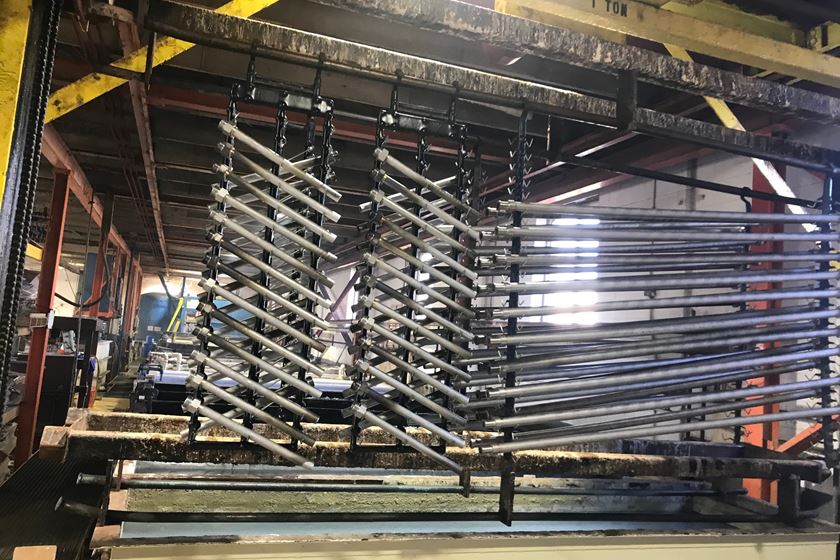U.S. Supreme Court Hears Oral Argument on WOTUS
Stakeholders looking to Supreme Court for much-needed clarity on the definition of waters of the U.S. (WOTUS) under the Clean Water Act.
#nasf #regulation #sustainability
On October 3, 2022, the U.S. Supreme Court heard oral argument in the case (Sackett v. EPA) that addresses the uncertain and inconsistent definition of waters of the U.S. (WOTUS) under the Clean Water Act (CWA). The debate centers on whether CWA jurisdiction extends to: (1) a narrow definition of wetlands – specifically, whether waters that are “relatively permanent, standing or continuously flowing” and to the wetlands that are immediately adjacent to such waters, or (2) a broader definition of wetlands – where there is a so-called “ ‘significant nexus’ between the wetlands in question and navigable waters in a traditional sense.”
Expectations for the Supreme Court’s Approach
Most observers expect the Supreme Court to take a middle-ground approach to the expansive “significant nexus” test and the more restrictive “permanent, standing, and continuously flowing” test, and provide much needed direction for future rulemakings to define WOTUS. The Biden Administration has already indicated that it intends to wait for the Supreme Court decisions before proceeding on its new rulemaking to define WOTUS.
The Supreme Court could also apply the “major questions doctrine” that would require specific legislative authorization and direction from Congress before EPA and the Army Corps of Engineers (Corps) can finalize a revised definition of WOTUS on such a high-profile rulemaking. This could further delay or complicate a new decision from EPA and the Corps until Congress provides the requisite legislative authority.
The Supreme Court decision will provide some much-needed clarity on this issue. In the meantime, the long-term future of WOTUS will remain uncertain. If you have any questions or would like additional information about the Supreme Court case and the WOTUS rulemaking, please contact Jeff Hannapel or Christian Richter with NASF at jhannapel@thepolicygroup.com or crichter@thepolicygroup.com.
This update is courtesy of the National Association for Surface Finishing (NASF). For more information or to become a member, visit nasf.org.
RELATED CONTENT
-
Cyanide-Free Electroplating of Cu-Sn Alloys
This paper is a peer-reviewed and edited version of a presentation delivered at NASF SUR/FIN 2012 in Las Vegas, Nev., on June 13, 2012.
-
The Study of Copper Anodes in Acid and Cyanide Plating Baths
The 1956 Carl E. Huessner Gold Medal Award was given to Charles Faust and William H Safranek for Best Paper appearing in Plating or the AES Technical Proceedings in 1955, and their paper is republished here in a series on the AES/AESF/NASF Best Paper Awards. Their work involves an evaluation of anodes for copper plating at the time when OFHC anodes were first emerging in use.
-
PFAS and the Surface Finishing Industry
NASF and its member companies have a long history of environmental stewardship, especially when it comes to PFAS.















